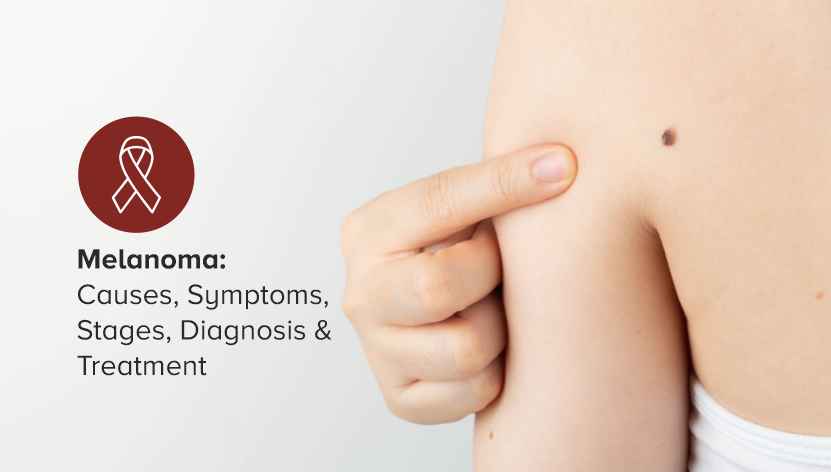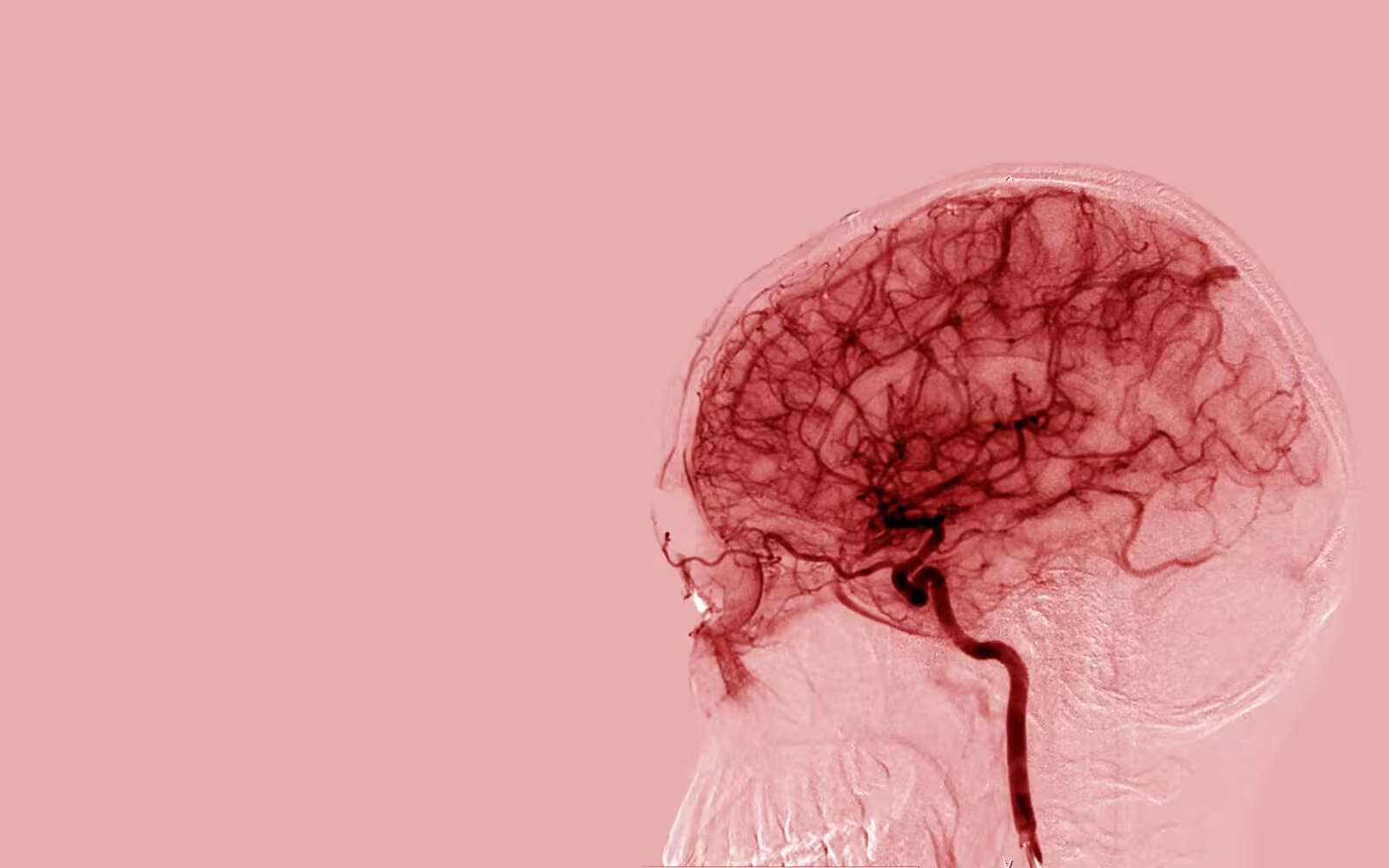Shigella infection, commonly referred to as shigellosis, is a serious bacterial infection primarily affecting the gastrointestinal tract. This condition causes a range of uncomfortable and potentially dangerous symptoms, including severe diarrhea, abdominal pain, and fever. Shigella is a major public health issue, especially in developing nations, where it contributes significantly to diarrheal diseases and the related burden on healthcare systems. The infection is transmitted through contaminated food, water, or direct person-to-person contact. This article delves into the various facets of Shigella infection, including its causes, symptoms, diagnosis, treatment, prevention, and its global impact.
Overview of Shigella Infection
Shigella is a genus of bacteria in the family Enterobacteriaceae. The infection it causes, shigellosis, is characterized by inflammation of the intestines, leading to symptoms such as diarrhea (which can be bloody), abdominal cramping, and fever. Shigella is highly contagious, and its spread is facilitated through fecal-oral transmission, making hygiene practices critical in preventing outbreaks. Shigella infections are commonly seen in children, particularly those under five years old, and people living in crowded or unsanitary conditions.
Shigella infections occur in four species: Shigella dysenteriae, Shigella flexneri, Shigella boydii, and Shigella sonnei. While all four species cause similar symptoms, S. dysenteriae is responsible for the most severe cases, including outbreaks of dysentery and complications such as hemolytic uremic syndrome (HUS).
Importance of Understanding the Condition
Shigella infection is one of the leading causes of bacterial diarrhea worldwide. In both developed and developing countries, it is a significant public health challenge, particularly in areas with inadequate access to clean water and sanitation. Understanding the causes, transmission routes, and clinical management of Shigella infection is crucial for controlling its spread and preventing outbreaks. Public health initiatives focused on hygiene, safe water supply, and access to healthcare can help reduce the incidence of shigellosis and improve health outcomes in affected regions.
What is Shigella?
Shigella is a group of gram-negative, rod-shaped bacteria that are capable of invading the cells lining the intestines. These bacteria are responsible for causing the disease known as shigellosis. Shigella species are facultative anaerobes, meaning they can survive in both the presence and absence of oxygen. They are known for their ability to spread rapidly in areas with poor sanitation, causing outbreaks that can be challenging to contain without appropriate interventions.
The four major species of Shigella that cause human infections are:
- Shigella dysenteriae: Responsible for severe outbreaks and produces Shiga toxin, which can cause systemic complications.
- Shigella flexneri: The most common strain globally, causing mild to moderate infections.
- Shigella boydii: Less common but still implicated in infections in some regions.
- Shigella sonnei: The most common species in industrialized nations, causing relatively mild disease.
Each species of Shigella has specific characteristics that can influence the severity of the infection.
How Shigella Causes Infection
Shigella infection begins when the bacteria are ingested, typically through contaminated food or water or by contact with contaminated surfaces. After entering the body, Shigella targets the large intestine, where it invades the epithelial cells that line the gut.
Once inside the cells, Shigella uses a type III secretion system to inject proteins into the host cells, which allows the bacteria to multiply and spread. This leads to inflammation and damage to the intestinal lining, causing the symptoms of diarrhea, abdominal pain, and sometimes blood in the stool. The production of Shiga toxin by S. dysenteriae can cause more severe damage, including systemic effects on the kidneys and nervous system.
The bacteria also trigger an immune response in the body, leading to further inflammation, which worsens the symptoms of the infection.
Person-to-Person Contact
Shigella is primarily transmitted from person to person through the fecal-oral route. This occurs when an infected person’s feces contaminates food, water, or surfaces, which are then ingested by a susceptible individual. The bacteria can survive in the environment for some time, making transmission easy in places with poor sanitation.
Person-to-person contact is especially common in settings such as:
- Daycare centers: Where young children are more likely to engage in behaviors like putting hands in their mouths.
- Nursing homes: Where vulnerable elderly populations may have weakened immune systems.
- Households: Where close living conditions and improper hygiene practices increase the risk of transmission.
Contaminated Food and Water
Shigella can contaminate food during handling or preparation, particularly in environments where food safety practices are not followed. Contamination can occur when food comes into contact with infected hands, utensils, or surfaces.
Similarly, contaminated water, often due to inadequate sewage systems or untreated waste, is another major transmission route for Shigella. In regions with poor sanitation, drinking or bathing in contaminated water can lead to infection.
- Waterborne transmission: This is a primary concern in areas where untreated water sources are common, leading to outbreaks in communities with inadequate water treatment facilities.
Environmental Factors
Certain environmental conditions can increase the risk of Shigella transmission. These include overcrowded living conditions, poor sanitation, and lack of access to clean drinking water.
Shigella thrives in environments where hygiene practices are suboptimal, such as public toilets, shared water sources, and crowded settings where individuals are in close contact. These factors make it more difficult to control outbreaks, especially in regions where resources are limited.
Demographic Groups at Risk
Certain groups of people are more susceptible to Shigella infection due to biological, behavioral, or environmental factors.
- Children under five: Young children are at higher risk due to their tendency to put objects and hands in their mouths, which increases the likelihood of ingesting contaminated materials.
- Elderly individuals: Older adults are more likely to experience severe outcomes from Shigella infection due to weaker immune systems.
- Immunocompromised individuals: People with weakened immune systems, such as those undergoing chemotherapy or living with HIV/AIDS, are also at increased risk.
- Travelers: People traveling to areas with poor sanitation and hygiene practices are at higher risk of contracting Shigella.
Poor Hygiene and Sanitation
- Hand hygiene: One of the most significant risk factors for Shigella transmission is inadequate handwashing. Proper hand hygiene after using the bathroom or handling food is crucial in preventing infection.
- Food preparation: Improper food handling, such as not washing hands before preparing meals or not thoroughly cooking food, can lead to contamination.
- Waste disposal: Inadequate waste disposal, particularly in areas without proper sewage systems, increases the likelihood of Shigella contamination in food and water sources.
Travel to Endemic Areas
Travelers to regions with endemic Shigella infections, particularly parts of Africa, Asia, and Latin America, are at an elevated risk. Lack of access to safe drinking water, sanitation facilities, and food safety measures in these regions increases the chances of contracting the infection. Travelers should take precautions, such as avoiding unsafe water, washing hands frequently, and consuming only properly cooked food.
Clinical Presentation
Shigella infection presents with a variety of gastrointestinal symptoms that can range from mild to severe, depending on the species and individual factors such as immune status.
Common Symptoms
- Diarrhea: The hallmark symptom of Shigella infection is diarrhea, which may be watery, mucous-filled, or bloody.
- Abdominal pain: Individuals with Shigella infection often experience severe abdominal cramping.
- Fever: A mild to moderate fever is common, especially in more severe cases.
- Nausea and vomiting: These symptoms may accompany diarrhea, leading to dehydration in some cases.
Complications
While many people recover from Shigella infection without long-term effects, some may experience severe complications, especially if left untreated or if the individual is at high risk:
- Dehydration: Severe diarrhea can lead to significant fluid loss, which may cause dehydration, particularly in young children and the elderly.
- Hemolytic Uremic Syndrome (HUS): S. dysenteriae infection can lead to HUS, a serious condition that causes kidney failure, anemia, and thrombocytopenia.
- Reactive Arthritis: This condition, characterized by joint pain and swelling, can occur after a Shigella infection and may persist for months or even years.
Diagnosis
Diagnosing Shigella infection involves laboratory testing to confirm the presence of the bacteria and differentiate it from other gastrointestinal infections.
Laboratory Tests
- Stool Culture: A stool sample is cultured to isolate Shigella bacteria, which is the most common diagnostic method.
- Polymerase Chain Reaction (PCR): PCR is a more rapid and sensitive method for detecting Shigella DNA in stool samples.
Differential Diagnosis
Shigella symptoms can be similar to those of other gastrointestinal infections, such as those caused by Salmonella, E. coli, or rotavirus. It is crucial to distinguish Shigella from these other pathogens to ensure appropriate treatment.
Treatment
Supportive Care
- Hydration: Oral rehydration solutions (ORS) are crucial for preventing dehydration, which is a common complication of Shigella infection. In severe cases, intravenous fluids may be needed to restore hydration.
- Nutritional Support: A bland diet can help manage symptoms and provide energy while the body recovers. Avoiding heavy, spicy, or greasy foods may reduce irritation to the gut.
Antibiotic Therapy
Antibiotics are often used in severe cases or for vulnerable individuals. The choice of antibiotic depends on the specific strain of Shigella and local antibiotic resistance patterns. Commonly used antibiotics include:
- Ciprofloxacin
- Azithromycin
- Ampicillin
However, rising antibiotic resistance, particularly in S. dysenteriae and S. flexneri, has made treatment more challenging. It is important to use antibiotics judiciously and follow proper treatment guidelines to avoid further resistance.
Management of Complications
In cases of severe dehydration or complications like hemolytic uremic syndrome (HUS), hospitalization may be required. In some instances, blood transfusions or dialysis might be needed to address kidney failure associated with HUS.
Prevention
Prevention of Shigella infection revolves around improving hygiene, sanitation, and public health infrastructure. By reducing exposure to contaminated food, water, and surfaces, the transmission of Shigella can be minimized.
Hygiene and Sanitation Practices
- Handwashing: The most effective method to prevent Shigella transmission is thorough handwashing with soap and water, especially after using the toilet or handling food.
- Safe Waste Disposal: Proper disposal of human waste, especially in areas with poor sanitation, is critical in preventing the spread of Shigella.
Safe Food and Water Handling
- Boiling Water: In areas with unsafe water supplies, boiling water before consumption is essential to kill Shigella and other pathogens.
- Proper Food Preparation: Ensuring food is cooked to safe temperatures and prepared with clean utensils reduces the risk of contamination.
Vaccination Research
While no vaccine for Shigella is currently available, ongoing research into vaccine development is promising. Several vaccine candidates are in clinical trials, aiming to provide long-lasting protection against the various species of Shigella, particularly S. dysenteriae.
Epidemiology
Shigella infections remain a major global health concern, with millions of cases reported annually. The prevalence of shigellosis varies by region, with the highest incidence seen in low- and middle-income countries where sanitation infrastructure is limited.
Global Prevalence and Burden
According to the World Health Organization (WHO), Shigella infection causes an estimated 165 million cases of diarrhea worldwide each year, resulting in 1.1 million deaths, mostly among young children. The highest incidence rates are found in sub-Saharan Africa, South Asia, and parts of Latin America.
Outbreak Patterns
Shigella infections tend to peak during the rainy season or in areas with overcrowded living conditions. Outbreaks are more common in refugee camps, where sanitation and hygiene are substandard.
- Seasonal Trends: Shigella transmission often increases during warmer months when food and water supplies are more likely to be contaminated.
- High-Risk Settings: Schools, childcare facilities, and nursing homes are common sites of Shigella outbreaks due to close contact among individuals and the potential for poor hygiene.
Public Health Implications
Shigella infections continue to place a heavy burden on public health systems, particularly in regions with limited resources. Effective public health measures are necessary to prevent outbreaks and reduce the disease burden.
Strategies for Controlling Outbreaks
- Surveillance: Active surveillance is essential for detecting outbreaks early, allowing for rapid response measures such as quarantine and education campaigns.
- Public Awareness Campaigns: Educating the public on proper hygiene, the importance of clean water, and food safety practices can significantly reduce the transmission of Shigella.
Role of Public Health Organizations
Local, national, and international public health organizations play a crucial role in the fight against Shigella. Organizations like the WHO and UNICEF provide support for water sanitation projects, vaccination campaigns, and emergency relief in affected areas. These efforts are essential to controlling the spread of Shigella, especially in impoverished regions.
Emerging Concerns
The global fight against Shigella faces several emerging challenges, particularly the rise of antibiotic-resistant strains of the bacteria.
Antibiotic Resistance in Shigella
Antibiotic resistance is a growing concern in the treatment of Shigella infections. Resistance to commonly used antibiotics, such as ciprofloxacin and azithromycin, has been reported in several countries. The overuse and misuse of antibiotics contribute to the development of resistant strains, making treatment more difficult.
Challenges in Prevention and Treatment
- Access to Clean Water: In many developing countries, access to clean water remains a major barrier to Shigella prevention. Without proper sanitation and safe water sources, controlling Shigella transmission is challenging.
- Vaccine Development: While vaccine research is promising, the lack of a widely available vaccine remains a significant gap in the global fight against Shigella.
Conclusion
Shigella infection is a serious and highly contagious disease that continues to affect millions worldwide. Although it is preventable through proper hygiene, sanitation, and safe food and water practices, Shigella remains a major public health issue, particularly in regions with limited resources. Timely diagnosis and treatment are essential to managing the infection and preventing complications, including dehydration and systemic infections. Efforts to develop vaccines, improve sanitation, and reduce antibiotic resistance are crucial in controlling the spread of this disease. By focusing on public health education, hygiene improvements, and better access to healthcare, the global burden of Shigella infection can be reduced significantly.




